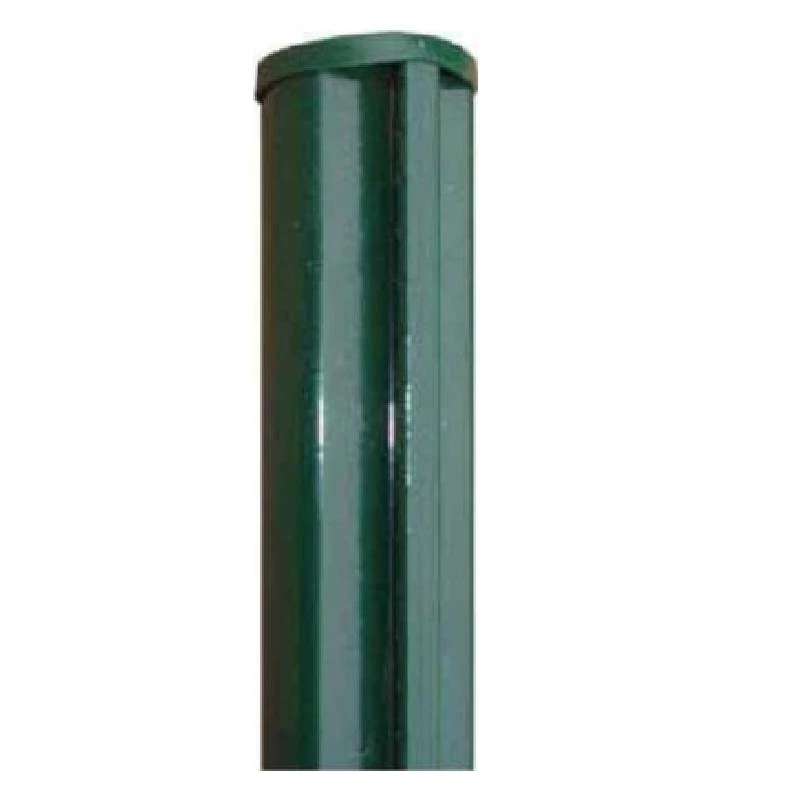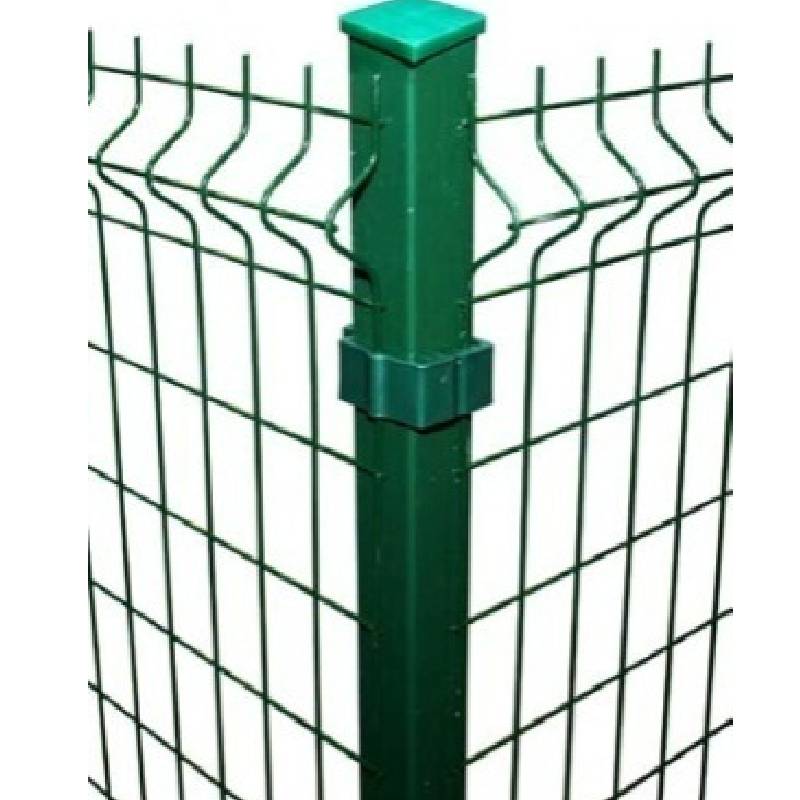-
ئېلخەت:zhao@hyliec.cn
-
تېلېفون:+86 311 85273988
-
WhatsAPP:8613931128750
-
 African
African -
 ئالبانىيە
ئالبانىيە -
 Amharic
Amharic -
 ئەرەبچە
ئەرەبچە -
 ئەرمىنىيە
ئەرمىنىيە -
 ئەزەربەيجان
ئەزەربەيجان -
 Basque
Basque -
 بېلورۇسىيە
بېلورۇسىيە -
 Bengali
Bengali -
 Bosnian
Bosnian -
 بۇلغارىيە
بۇلغارىيە -
 Catalan
Catalan -
 Cebuano
Cebuano -
 كورسىكان
كورسىكان -
 كىرودىيە
كىرودىيە -
 چېخ
چېخ -
 Danish
Danish -
 گوللاندىيە
گوللاندىيە -
 ئىنگىلىزچە
ئىنگىلىزچە -
 Esperanto
Esperanto -
 ئېستونىيە
ئېستونىيە -
 فىنلاندىيە
فىنلاندىيە -
 فىرانسۇزچە
فىرانسۇزچە -
 Frisian
Frisian -
 Galician
Galician -
 گرۇزىيە
گرۇزىيە -
 German
German -
 گرېتسىيە
گرېتسىيە -
 Gujarati
Gujarati -
 ھايتى كرېئول
ھايتى كرېئول -
 hausa
hausa -
 hawaiian
hawaiian -
 ئىبرانىي تىلى
ئىبرانىي تىلى -
 ياق
ياق -
 Miao
Miao -
 ۋېنگرىيە
ۋېنگرىيە -
 ئىسلاندىيە
ئىسلاندىيە -
 igbo
igbo -
 ھىندونېزىيە
ھىندونېزىيە -
 irish
irish -
 Italian
Italian -
 ياپون
ياپون -
 Javanese
Javanese -
 Kannada
Kannada -
 kazakh
kazakh -
 Khmer
Khmer -
 رىۋاندا
رىۋاندا -
 كورېيە
كورېيە -
 كۇرد
كۇرد -
 قىرغىزىستان
قىرغىزىستان -
 TB
TB -
 لاتىنچە
لاتىنچە -
 Latvian
Latvian -
 لىتۋانىيە
لىتۋانىيە -
 لىيۇكسېمبۇرگ
لىيۇكسېمبۇرگ -
 ماكېدونىيە
ماكېدونىيە -
 Malgashi
Malgashi -
 مالايسىيا
مالايسىيا -
 Malayalam
Malayalam -
 Maltese
Maltese -
 Maori
Maori -
 Marathi
Marathi -
 موڭغۇل
موڭغۇل -
 بېرما
بېرما -
 نېپال
نېپال -
 نورۋېگچە
نورۋېگچە -
 نورۋېگچە
نورۋېگچە -
 Occitan
Occitan -
 پۇشتۇ
پۇشتۇ -
 پارسچە
پارسچە -
 پولشا
پولشا -
 پورتۇگال تىلى
پورتۇگال تىلى -
 Punjabi
Punjabi -
 Romanian
Romanian -
 رۇسچە
رۇسچە -
 Samoan
Samoan -
 شوتلاندىيە گال تىلى
شوتلاندىيە گال تىلى -
 سېربىيە
سېربىيە -
 ئىنگىلىزچە
ئىنگىلىزچە -
 Shona
Shona -
 سىندى
سىندى -
 Sinhala
Sinhala -
 سلوۋاكىيە
سلوۋاكىيە -
 سىلوۋېنىيە
سىلوۋېنىيە -
 سومالى
سومالى -
 ئىسپانچە
ئىسپانچە -
 Sundanese
Sundanese -
 Swahili
Swahili -
 شىۋىتسىيە
شىۋىتسىيە -
 Tagalog
Tagalog -
 تاجىك
تاجىك -
 تامىل
تامىل -
 تاتار
تاتار -
 Telugu
Telugu -
 تايلاند
تايلاند -
 تۈرك
تۈرك -
 تۈركمەنلەر
تۈركمەنلەر -
 ئۇكرائىنا
ئۇكرائىنا -
 ئوردۇچە
ئوردۇچە -
 ئۇيغۇر
ئۇيغۇر -
 ئۆزبېك
ئۆزبېك -
 ۋېيتنام
ۋېيتنام -
 Welsh
Welsh -
 ياردەم
ياردەم -
 Yiddish
Yiddish -
 يورۇبا
يورۇبا -
 Zulu
Zulu
Fencing Post
What Type Of Fence Post Is Best?
The best type of fence post depends on various factors such as the type of fence, local climate, soil conditions, and personal preferences. Common options for fence posts include:
1. Round steel posts: Round steel posts are a traditional and versatile choice, suitable for various fence types. They can be treated to resist rot and decay, but may require maintenance over time.
2. Square steel posts and rabbet posts offer durability and strength, making them suitable for supporting heavy or high-security fences. They are resistant to rot and insect damage.
3. Steel round posts/ square posts/ rabbet with base plate: They are suitable to install on the concrete ground, and fixed by concrete nails.
What Size Is A Fence Post?
Fence posts come in various sizes, typically having Φ32 Φ34 Φ38 Φ48 Φ60 Φ80 for round steel posts and 40x40 60x60 40x60 60x60 80x80 100x100 etc for square tube posts in dimension. The specific size of a fence post depends on the type of fence being installed, the height and weight of the fence panels, and the local building codes or regulations. It's important to select the appropriate size of fence post to ensure stability and structural integrity for the specific fencing project. Consulting with a professional or referring to local building codes can provide guidance on the recommended size of fence posts for a particular application.
Fence Post FAQ:
What type of fence post is best?
The best type of fence post depends on various factors such as the type of fence, local climate, soil conditions, and personal preferences. Common options for fence posts include round steel posts, square steel posts and rabbet steel posts, posts with base plate or without base plate. Each type has its own advantages and considerations, so it's important to choose the most suitable option based on the specific requirements of the fence project.
What size is a fence post?
Fence posts come in various sizes, typically typically having Φ32 Φ34 Φ38 Φ48 Φ60 Φ80 for round steel posts and 40x40 60x60 40x60 60x60 80x80 100x100 etc for square tube posts in dimension. The specific size of a fence post depends on the type of fence being installed, the height and weight of the fence panels, and local building codes or regulations. It's important to select the appropriate size of fence post to ensure stability and structural integrity for the specific fencing project.
How to install a panel fence?
Paneling a fence involves several steps, including measuring and planning, installing the posts, attaching the panels, adding finishing touches, and performing regular maintenance. It's important to follow the manufacturer's instructions and local building codes when paneling a fence to ensure proper installation and compliance with regulations. If in doubt, it's advisable to consult with a professional or seek guidance from experienced individuals.






